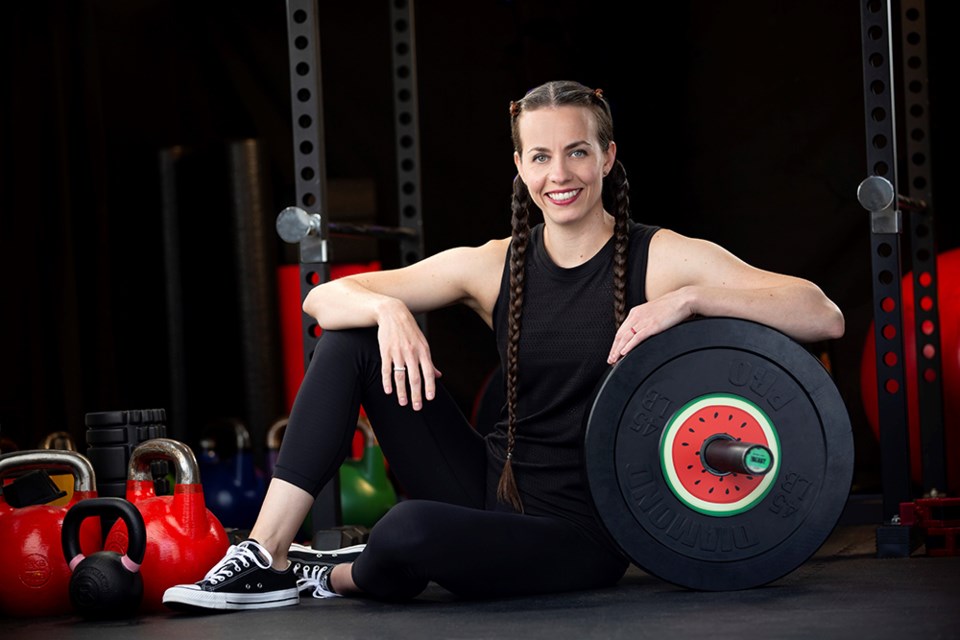Regular strength training is one of the best practices you can put in place for overall health, chronic disease prevention and longevity (not to mention it’ll help you keep up with the kids or grandkids, allow you to perform your daily activities effectively, and can change your body composition!).
If you’re just starting a strength training practice, you might be wondering how to measure your results. Here are the best ways:
Your strength progress
This might sound obvious, but many people don’t record their workouts, including reps and weights. I suggest you do, so you can be sure you’re increasing your training volume (reps multiplied by weight) over time.
Body measurements
If you’re strength training to affect your body composition, measure the circumference of your chest, waist, hips, quads and biceps every four to eight weeks.
How you feel
This is certainly more subjective than the first two items in this list, but see if you notice any changes in your sleep quality, daily energy or mental state. You may also notice decreased chronic pain, improved athletic performance in sports and more strength and endurance during day-to-day tasks.
Note that scale weight is not part of this list, because it does not differentiate between bone, muscle, organs, fat, water, et cetera. You can use scale weight together with the above types of measurements, but don’t rely on it alone.
Karina Inkster is a qathet region health and fitness coach, author of five books, and host of the No-B.S. Vegan podcast.
If you have expert advice to share with Peak readers, email [email protected] for submission details.
Join the Peak's email list for the top headlines right in your inbox Monday to Friday.



